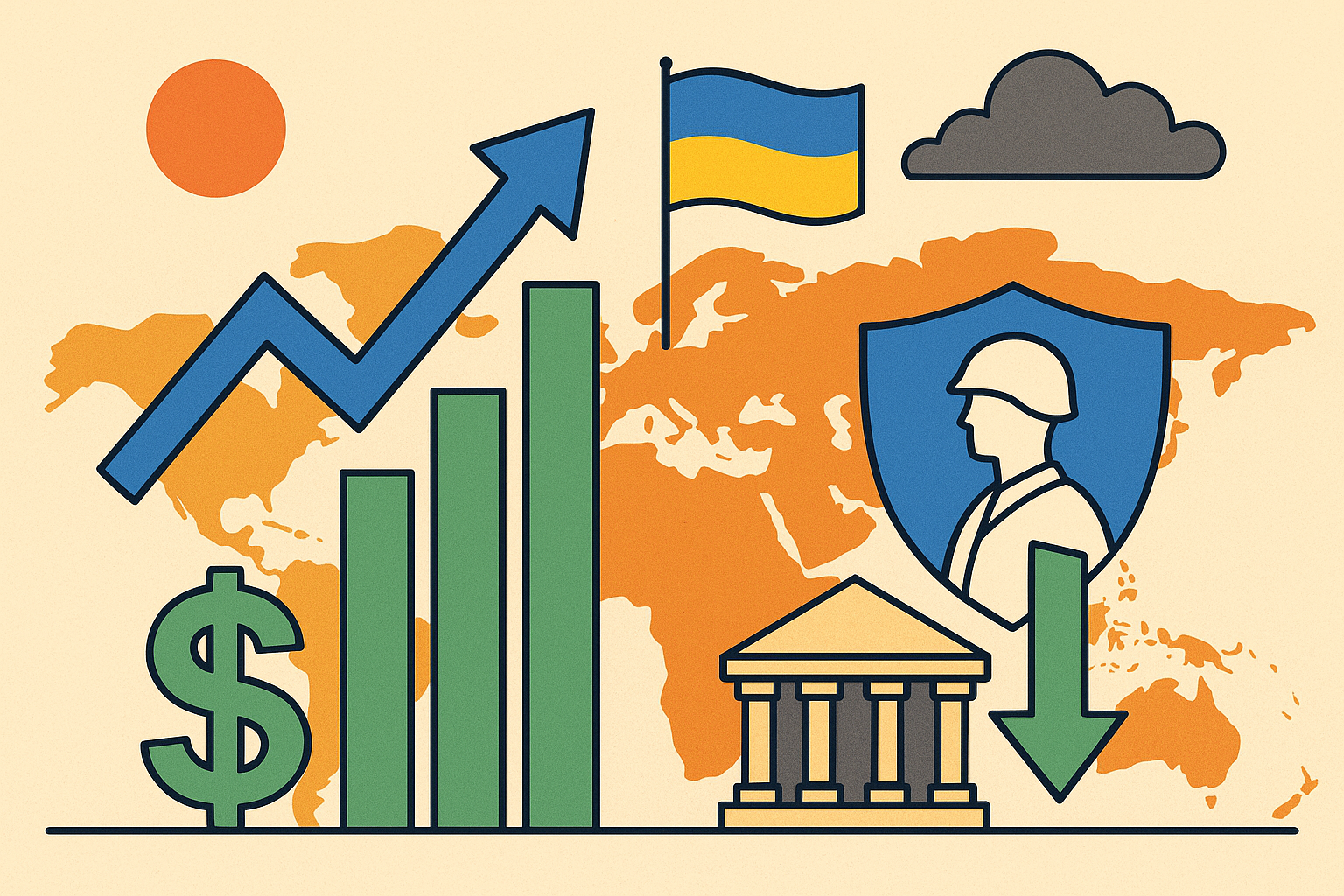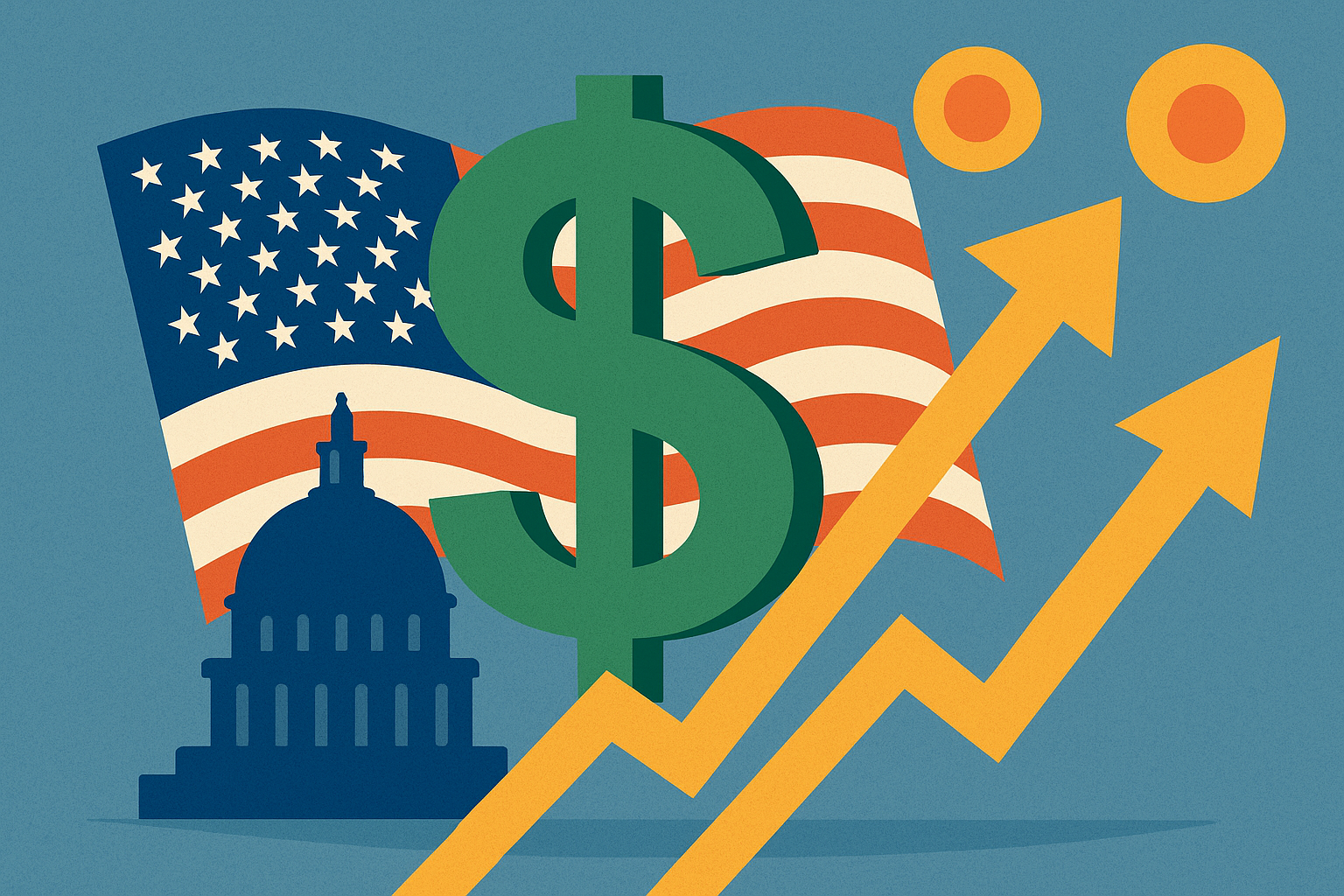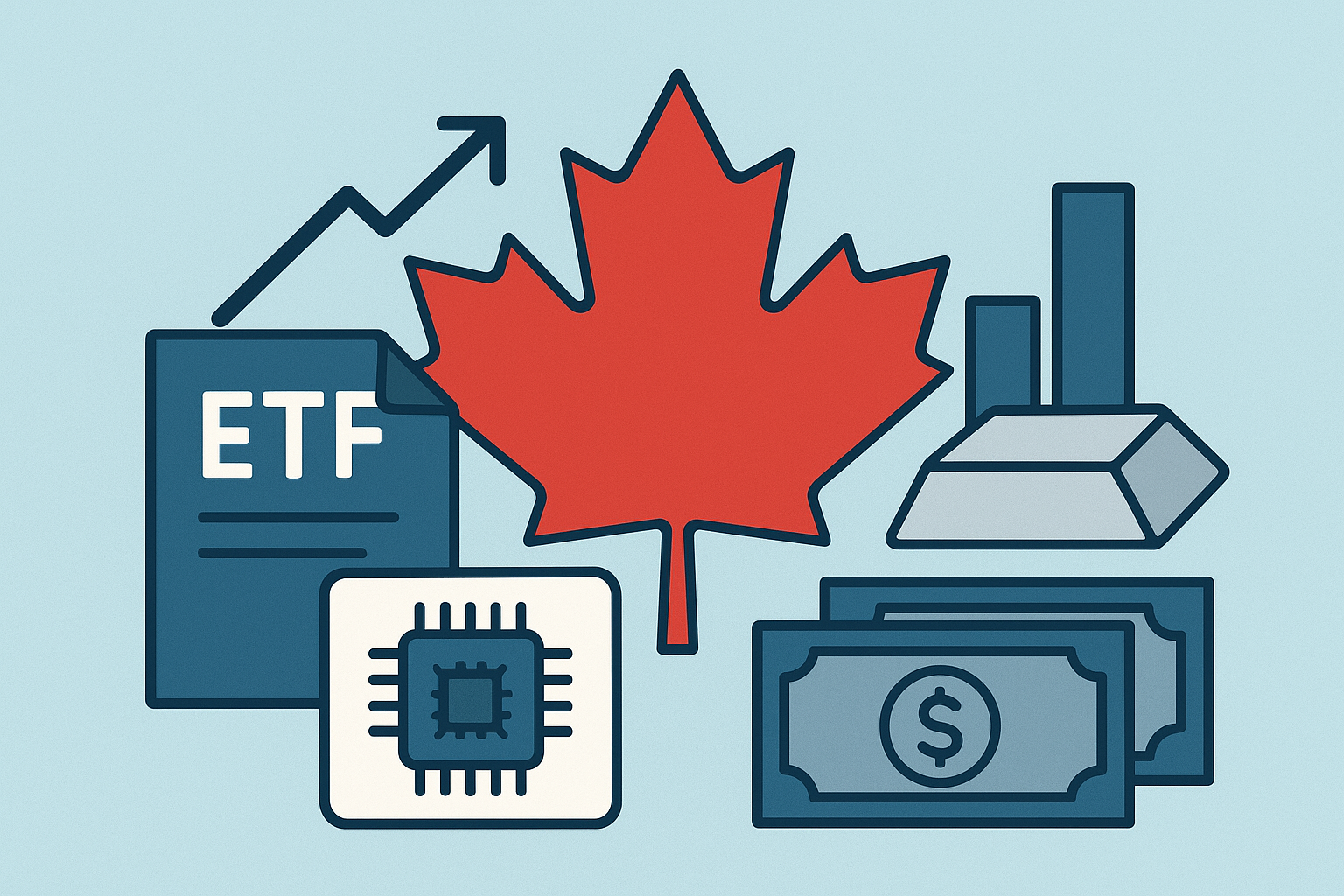Global markets entered the second half of 2025 with a striking mix of optimism and unease. Merger and acquisition (M&A) activity surged to $2.2 trillion in H1 2025, up 27% year-over-year, driven by megadeals in artificial intelligence, fintech, and infrastructure. Yet while dealmaking momentum showcases corporate confidence, defense stocks softened as investors responded to tentative peace signs in Ukraine. At the same time, political tremors in Japan and Africa threaten to inject volatility into global bond markets. For investors, the picture is as enticing as it is complex.
Why This Matters for Investors
The boom in M&A underscores a powerful wave of corporate consolidation, particularly in AI and technology. According to Reuters’ Take Five global themes, nearly half of this year’s transactions were structured as private or minority stakes, reflecting a preference for strategic positioning rather than outright takeovers.
- AI & Fintech Deals Lead: Large-scale investments in artificial intelligence and fintech suggest confidence in long-term digital transformation, even as regulatory and macro risks linger.
- Infrastructure & Energy: Infrastructure projects, often linked to government spending and green transition goals, remain a hotbed for cross-border capital deployment.
Meanwhile, the defense sector’s dip—sparked by easing geopolitical tensions in Ukraine—signals that investors may be recalibrating exposure to traditional war-economy plays. However, analysts at Bloomberg Intelligence caution that optimism could be premature, as the region’s stability remains fragile.
Political Headwinds: Japan & Africa in Focus
Beyond Europe, political risks are brewing elsewhere:
- Japan: Domestic political uncertainty is testing market confidence in one of the world’s largest bond markets. Volatility in Japanese government bonds (JGBs) could spill over into global fixed income markets, particularly as the Bank of Japan’s monetary policy path remains under scrutiny.
- Africa: Multiple African nations face IMF-led debt scrutiny, putting sovereign bondholders on alert. Rising external debt costs could weigh on local economies and strain global credit markets, particularly in frontier and emerging markets.
For global investors, these developments underline the importance of monitoring political stability alongside traditional economic metrics.
Future Trends to Watch
- AI Consolidation: With corporate giants and private equity firms driving dealmaking, investors should expect a wave of vertical integration across cloud computing, semiconductors, and enterprise software.
- Defense Rebalancing: Even with peace signals, structural demand for defense and cybersecurity is unlikely to vanish. NATO expansion and Indo-Pacific tensions may sustain baseline growth.
- Bond Market Fragility: Political strains in Japan and Africa highlight the interconnectedness of global debt markets. Currency risk and sovereign spreads could become defining investment themes for 2025.
Key Investment Insight
The M&A boom presents buyout and consolidation opportunities, especially in AI, fintech, and infrastructure sectors, where growth remains structurally supported. But investors should temper enthusiasm by factoring in geopolitical risks: defense remains a potential rebound play if optimism on Ukraine fades, while bond exposures should be hedged carefully against volatility from Japan and Africa.
In practical terms, this means maintaining a barbell strategy: overweighting secular growth sectors like AI while selectively holding exposure to defense and sovereign debt plays that could benefit from renewed political shocks.
In a market where optimism and caution run side by side, staying agile is key. For daily, data-driven insights on global markets and political shifts, keep following MoneyNews.Today—your trusted source for investor news and analysis.





